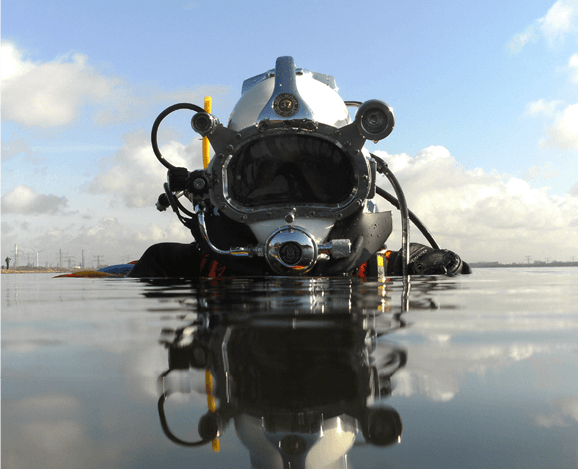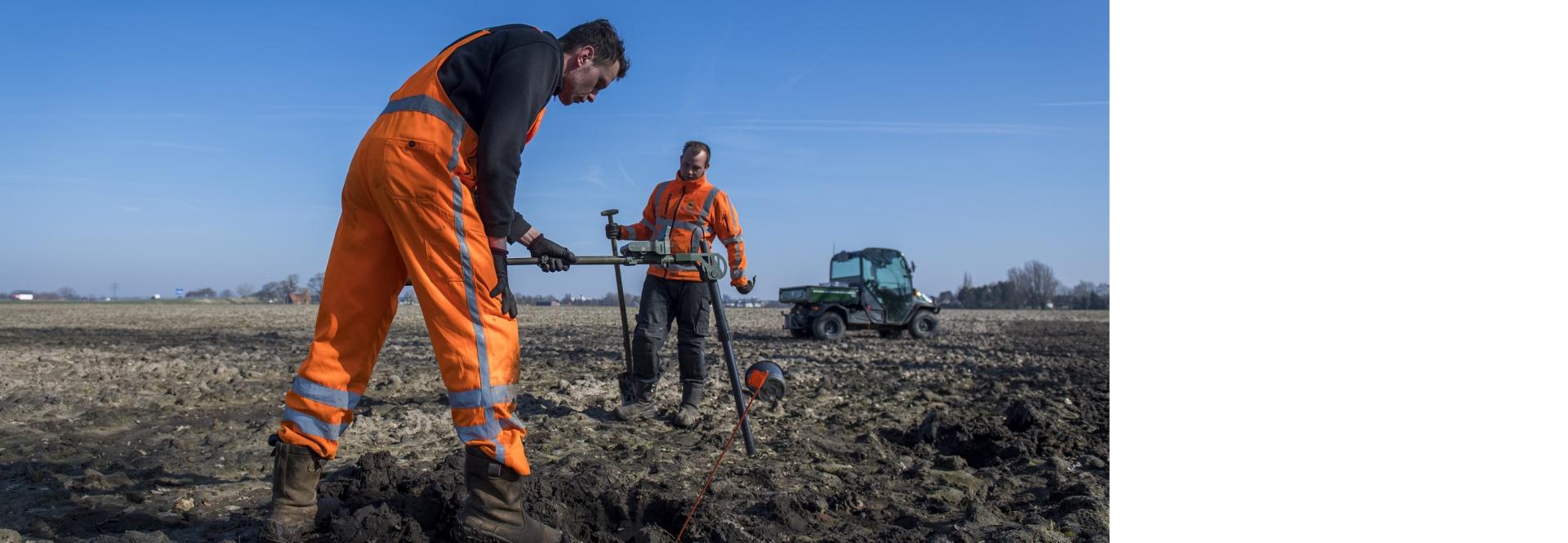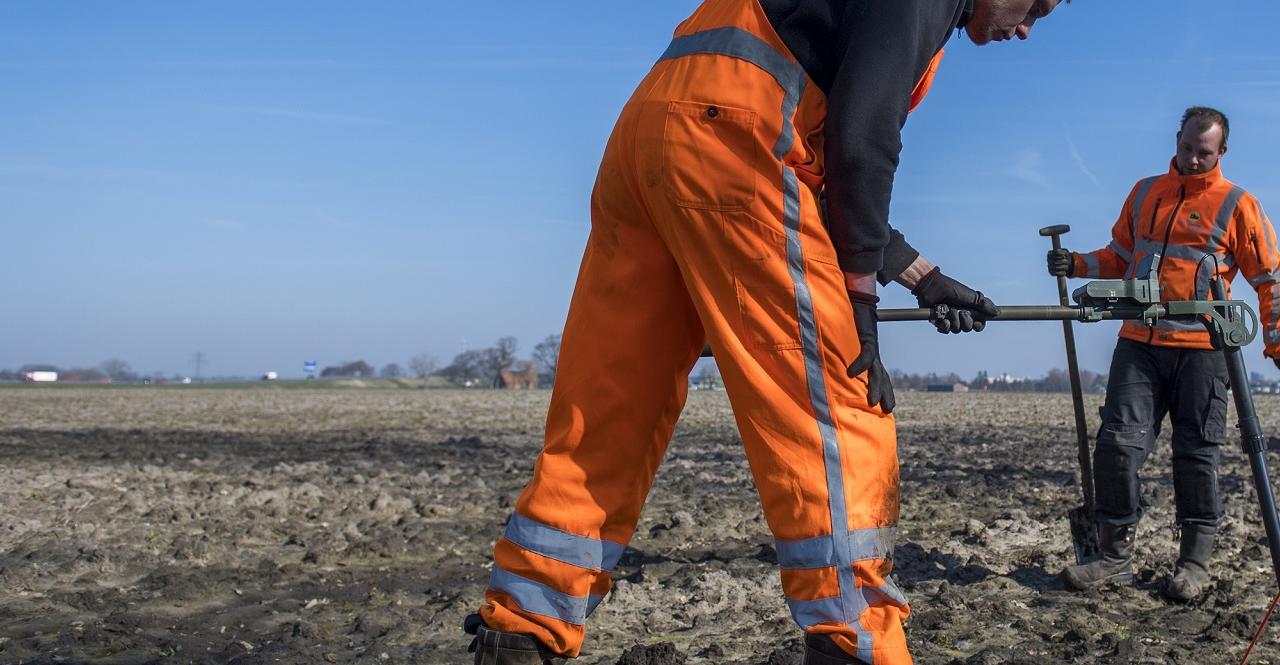
Detection
Maybe you want to start a construction project or some other work and you find out the area is suspected of having CE. Detection is needed to determine the location of possible ordnance. Therefore, a survey of what is in the sediment is crucial for your project and can have an influence on scheduling.
Van den Herik OCE 3.png

Detection is possible on both land and water. A detection method is chosen based on the available space, water depth and type of conventional explosive. There is not always a lot of space available; sometimes there is even a house or a railway line right over the location of a CE. Even in such cases, detection is possible.
Our detection methods:
- Surface detection for large and small areas
- Deep detection with piler
- UXOscope detection for under buildings, roads and railways, waterways, etc.
Approaching and securing ordnance
Detected ordnance is approached cautiously. The team identifies the ordnance after detection. If a CE is found and it can be moved, it is safely stored at the Provisional Explosives Storage Facility. Sometimes an object cannot be moved because of its complex location or a risk of detonation if it is moved. In that case the team, under leadership of the senior UXO expert, takes immediate measures to keep the surrounding area safe.
We have various techniques for separating ordnance and explosives from the soil/dredge spoil. These techniques are mostly used where explosives cannot be located by conventional detection methods, for instance if the location of an individual object cannot be verified due to the presence of ferrous objects in the vicinity.
When CE are found?
When CE are found, we turn them over to the EOD (Explosive Ordnance Disposal Unit). In the Netherlands, the EOD unit is responsible for clearing/disposal of such objects.


